How To Cook More Green
According to cookbook author Kate Heyhoe, a slew of cookbooks focusing on vegetarian food or cutting back on meat are coming. Heyhoe applauds this at least in part because she considers it more “green.” Eat less meat, she says, and you reduce your “cook-print” left and right.
If you want to embrace this idea, be sure to check out Our Deer’ fantastic vegetarian recipes. And whether or not you’re ready to go meatless, consider these other ways you can make your cooking more green.
Go Organic Green
Many proponents of green cooking encourage the use of organic fruits and vegetables. The heart of this movement is simply going back to the methods of growing that were used for centuries before man-made chemicals were prominent.
Certified organic produce can’t legally be genetically modified or irradiated, non-organic pesticides, insecticides, and fertilizers can still be used on them. In addition, all organic produce should be carefully washed before using, since animal manure may be used to fertilize it, which can lead to E. coli and food poisoning issues.
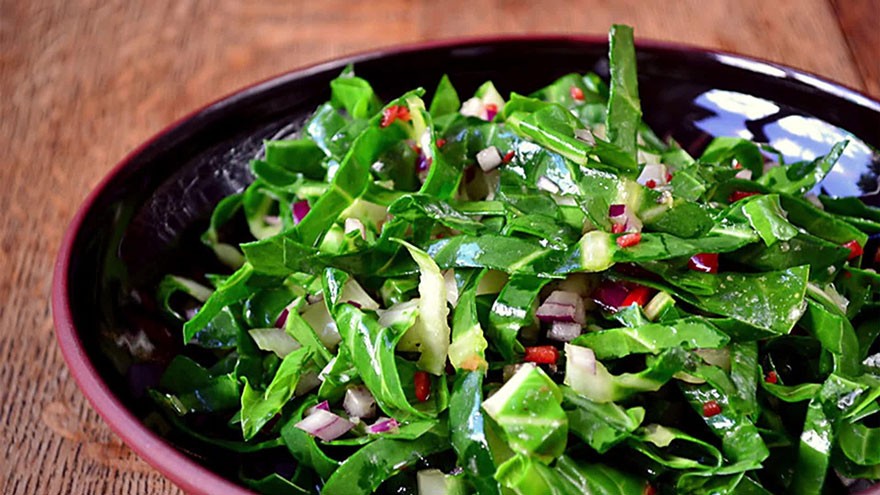
Buy Local
It’s fun to buy exotic fruits and serve foods that are out-of-season in your own area. However, if you believe energy should be conserved, you might reconsider. Instead, buy your produce locally, support your local economy, and go a little greener.
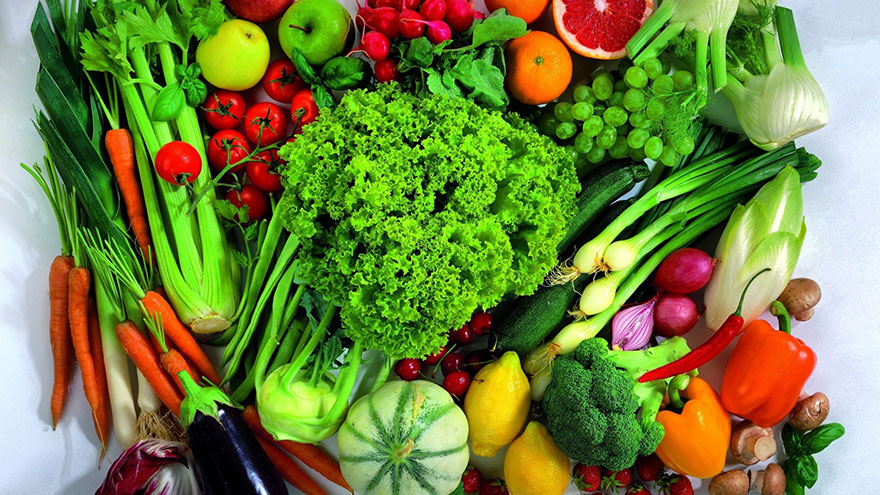
Meats
If you don’t want to go meatless, you might consider cutting back on your intake of meat. Or simply choose your meats carefully. For example, wild fish is considered more green as long as the fish isn’t endangered.
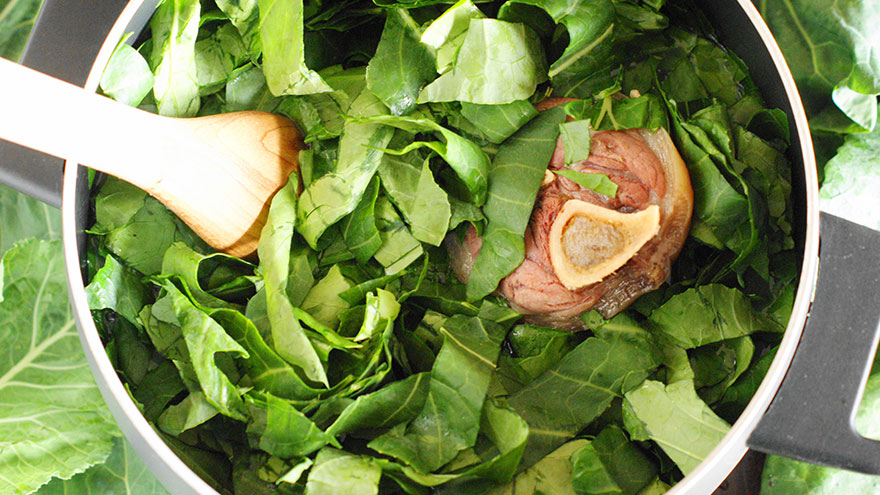
Packaging
Consider packaging when you go shopping. If you have a choice between products sold in easily-decomposing cardboard or in takes-a-long-time plastic, choose cardboard. Although you might also want to consider whether the packaging can be recycled, remember it takes energy to recycle anything.
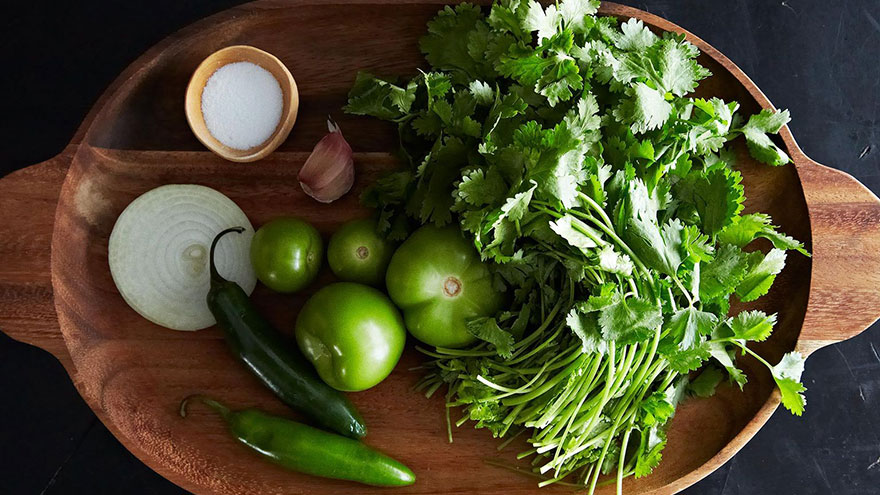
Look at Your Appliances
Save yourself some money – and cut back on your energy use – by updating your appliances to those that meet current Energy Star requirements. Also, don’t use big appliances when small ones will do.
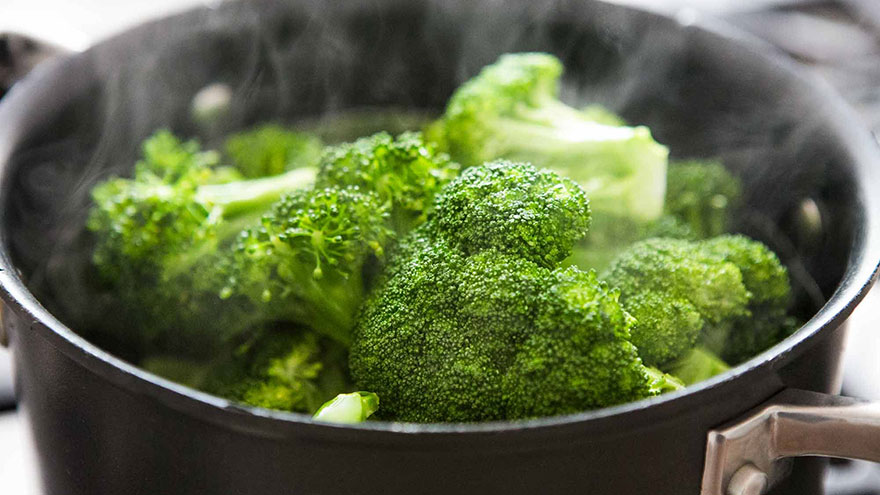
Compost
Rather than throw out perfectly good food scraps, compost them. Vegetable and fruit scraps tossed either into a pile in the garden (along with garden clippings) or into an ordinary outdoor trash can with holes drilled all over it, quickly turn into beautiful compost that will enrich the earth.
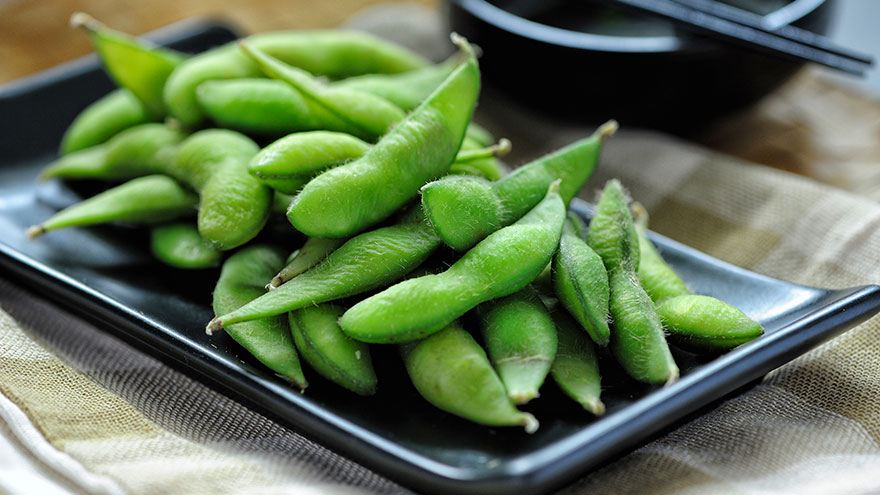
Grow Your Own Green
Consider growing your own fruits and vegetables. You don’t need a lot of space to do this; pots work just fine, as does sprinkling edibles in with ornamental plants. Use your compost to fertilize the plants into big producers, and use either drip irrigation, rain barrel water, or gray water to keep them hydrated.
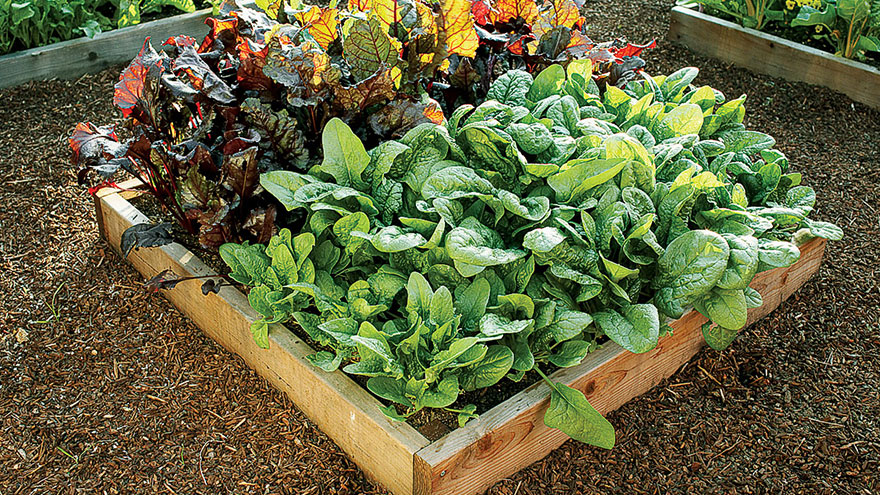
Heck, even if you only grow a few cooking herbs in a pot, not only will your meals taste better (nothing beats produce fresh from the garden), but you’ll save money – and perhaps even the planet.
You Might Also Like : Simple Eating and Gardening Tips
Check out the video version of this article on YouTube : How To Cook More Green

